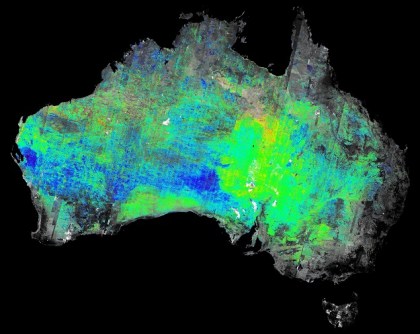
The federal government has announced a $566.1 million, ten-year investment to identify new deposits of minerals and sources of energy to help build its Future Made in Australia agenda.
The funding, which will commence in the 2024–25 financial year, will be used to produce data, maps and other tools for use by the resources industry.
According to the government, the effort, to be led by Geoscience Australia, will “deploy Australia’s top geoscientists to fully map Australian resources that will power our future, help us make more here at home, and create good secure jobs now and for the next generation”.
“The road to net zero runs through Australia’s resources sector,” said the federal Minister for Resources, Madeleine King.
“This funding will ensure we can draw the map for our resources companies to find the minerals we need to drive our economy and build the technology we need to reduce emissions.”
Under the Resourcing Australia’s Prosperity program, offshore areas will be mapped as well, with an eye towards identifying sites for carbon capture and storage and for clean hydrogen projects.
The program will also map all of Australia’s groundwater systems.
According to the government, ‘precompetitive geoscience’ is the key to the strength of Australia’s resources sector, with Geoscience Australia’s precompetitive data program already leading to major discoveries such as new deposits of critical minerals and rare earths.
Deloitte Access Economics research has found that existing public precompetitive geoscience was estimated to have supported $76 billion of value added to the Australian economy and 80,000 full-time equivalent jobs in 2021–22 alone.
The funding announcement has been welcomed by the Australian Academy of Science, but the peak body has warned that the program “will require new scientific knowledge, data analysing capacity, tools and skills”.
“But this must be supported by investments in building a stronger workforce,” said the Chair of the Academy’s National Committee for Earth Sciences, Professor Ian Jackson.
“Existing gaps must be reversed if we are to extract full value from the opportunities we have,” he said.
The Academy says that for “Australia to remain a significant player in the global resources industry, including in the critical minerals that drive the 21st-century economy, more resources must be provided for science and technology infrastructure, scientific research in the geosciences and training of geoscientists with sophisticated data management skills”.






